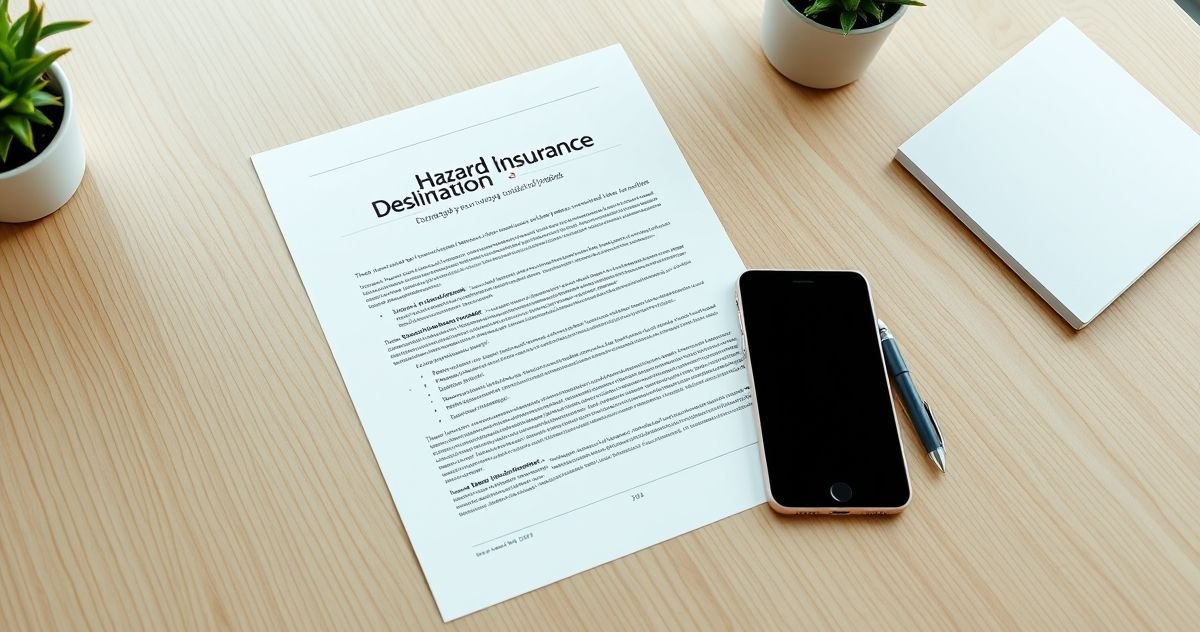Reading a full homeowner’s insurance policy can be overwhelming due to its length and technical language. The Hazard Insurance Declaration Page, often called the “dec page,” simplifies this by summarizing the most important details on one page.
Key Purpose of the Declaration Page
The declaration page provides a snapshot of your insurance policy covering you and your property. Lenders need this to verify that their collateral—the home you’re financing—is adequately protected against potential perils.
What Does the Declaration Page Contain?
This document includes:
- Policy Information: Policyholder name, property address, policy number, and the active covered dates.
- Insurance Provider Details: Contact and name of the company issuing the insurance.
- Mortgagee Details: Your lender’s information to notify them if coverage lapses.
- Coverage Types and Limits: Specific protections like dwelling coverage, other structures, personal property, loss of use, and personal liability, along with their insured amounts.
- Deductibles: The portion you pay out of pocket for claims before insurance applies.
- Premiums: Your annual insurance cost.
- Endorsements or Riders: Supplemental coverage options, such as earthquake protection.
Why Lenders Refer to “Hazard Insurance”
While you purchase “homeowner’s insurance,” lenders focus on “hazard insurance,” which covers structural damage from hazards like fire, windstorms, or theft. The term emphasizes the part of your policy that safeguards the physical home, ensuring the lender’s investment is secure.
When You Need the Declaration Page
You’ll submit this page during:
- Home purchase closings,
- Mortgage refinancing,
- Insurance claims processing,
- Comparing insurance quotes.
Always review the dec page carefully to confirm your coverage matches your needs, especially after home improvements.
For more on homeowner insurance and related topics, see Hazard Insurance and Mortgage Lender.
Additional Resources
Official details and guidance are available at the Consumer Financial Protection Bureau and IRS Hazard Insurance Overview.
This clear summary helps ensure you understand your policy essentials without reading every page.

